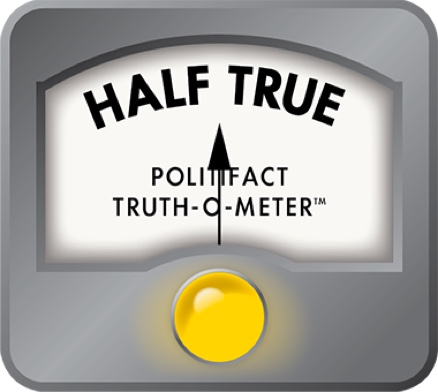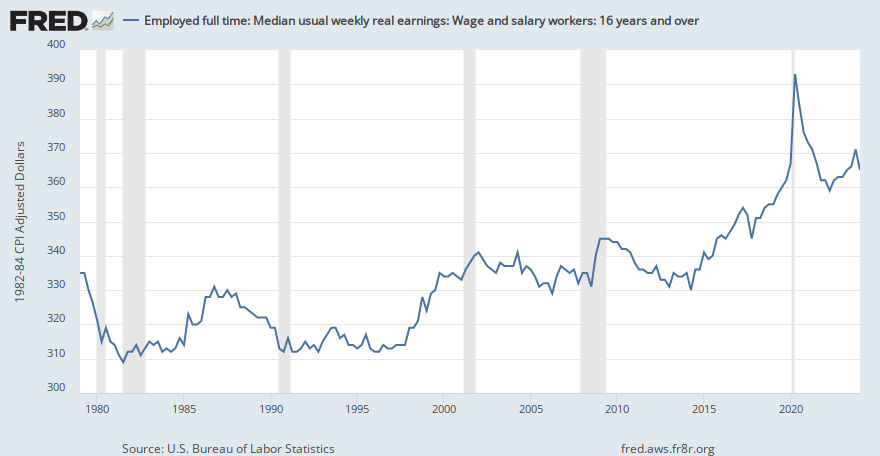No, private lenders were more than happy to make bad loans and sell them to investors who didn’t care how bad the loans were. Private lenders made a killing on the fees and bore almost none of the risk. They didn’t need to be scammed. They were the scam.
Link your nonsense.
How about asking a genuine loan broker? Me in other words. I know a lot more about this than dozens here know.
I was one of the private, so called lenders. I was licensed by the State of California and had 2 offices doing loans for customers.
First the industry, bottom to top.
Brokers met the customer and did all the paper work. Called appraisers to appraise the homes.
Wholesalers. These firms were not met by the home borrower. The borrower did not care who delivered the money since their contact was the Broker. The Wholesaler got their funds from higher ups. If they were very large, they got funds from groups such as pension funds. Unions if large also put up funds.
Investors used their own in house examiners to pick what loans to invest in.
Subprimes. Those did not go to the home owners with good credit. Clinton had changed the rules so lenders granted money to poor risks. Bush wanted that stopped. The losses happened from the bottom up. If the home owners went belly up, sure the investor like the unions and pension funds got hurt.
Ted Rado (Your Views, Sept. 26) said the Bush administration bragged about the increase in homeownership. I don't remember President Bush bragging about it, but I do know he was worried about what co…
www.oklahoman.com
Ted Rado (Your Views, Sept. 26) said the Bush administration bragged about the increase in homeownership. I don't remember President Bush bragging about it, but I do know he was worried about what could happen (and finally did happen) to the housing market. In 2001, Bush asked Congress several times to investigate the lending practices of Fannie Mae and Freddie Mac. The problem started when the Clinton administration forced Fannie and Freddie to expand mortgage loans (by lowering the standards) to U.S. residents who don't qualify for traditional home loans.
This was reported by The New York Times in 1999. What caused the market to collapse was raising the interest rates by the Federal Reserve in 2006 and 2007, to ward off a perceived risk of inflation. Those in the know finally realized that Fannie and Freddie were holding only 2.5 percent of capital to back their investments and they had guaranteed nearly half of the $12 trillion market. Regular banks are required to hold back 10 percent.
They were making these subprime loans (loans to high risk borrowers) to people who couldn't make regular house payments, much less the new house payments required by the Federal Reserve. President Bush was stuck with the problems his predecessor created.
Howard W. Hall, Shawnee




